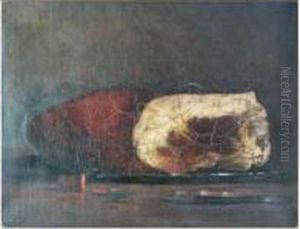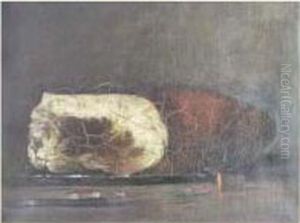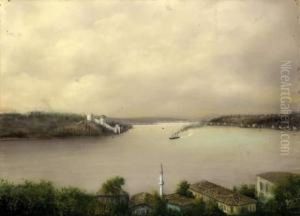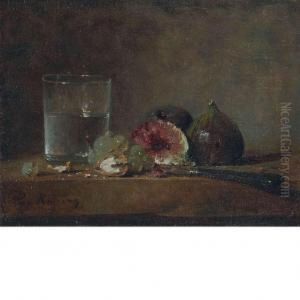Zacharie Zakarian Paintings
Zacharie Zakarian was an Armenian-French painter, born in 1849 in Constantinople (modern-day Istanbul), Ottoman Empire, and died in 1923 in Paris, France. His life and work spanned a period of significant historical and cultural transformation, bridging the Ottoman Empire and European artistic traditions. Zakarian's journey into the arts began in his homeland but reached its pinnacle in France, reflecting a blend of Eastern and Western influences that characterized much of his work.
Zakarian moved to Paris to further his education and art career, a common path for many artists of his time seeking to immerse themselves in the epicenter of the art world. In Paris, he became part of a vibrant community of artists and intellectuals, which included a significant number of émigrés and expatriates. During this period, Paris was a melting pot of artistic ideas and movements, providing Zakarian with exposure to a range of styles and techniques that would influence his development as an artist.
His art primarily focused on landscapes, portraits, and still lifes, marked by a rich palette and meticulous attention to detail. Although Zakarian's work was deeply influenced by the French artistic tradition, particularly Impressionism and Realism, he never abandoned the essence of his Armenian heritage, which infused his paintings with a unique depth and sensitivity. This duality of influence is evident in his choice of subjects, which often included scenes from Armenian life and history, as well as European landscapes and figures.
Throughout his career, Zakarian exhibited his work in various salons and galleries in Paris and beyond, earning recognition and respect among his peers. However, like many artists of his time, widespread fame eluded him during his lifetime. Today, Zakarian is celebrated for his contribution to Armenian art and for his role in the broader narrative of diaspora artists who navigated multiple cultural identities through their work.
Zakarian's legacy is preserved in the collections of several museums and in the Armenian diaspora's cultural memory. His paintings not only provide a visual record of an artist's journey between cultures and traditions but also reflect the broader story of Armenian history and the diaspora in the late 19th and early 20th centuries.



